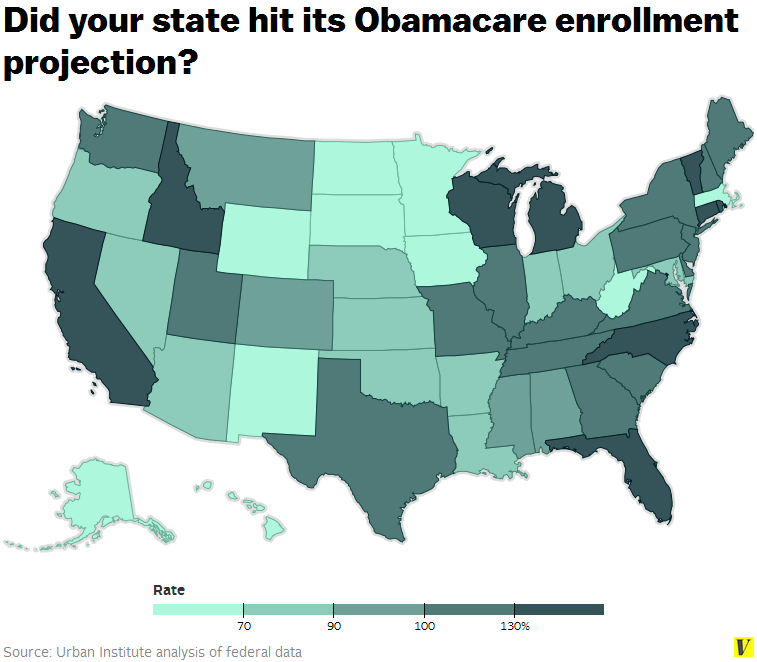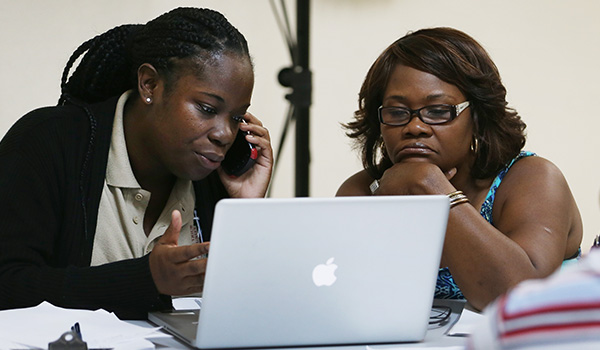

‘Healthy people are paying more and unhealthy people are paying less.’ (Photo: Nicholas Kamm/Getty/Newscom)Īs of March 31, according to the Obama administration, 8 million people signed up for private insurance in the Health Insurance Marketplace, exceeding its target of 7 million. President Obama speaks about the Affordable Care Act with Vice President Joe Biden in the Rose Garden at the White House on April 1, 2014. The administration hasn’t released any enrollment figures in the last 2 ½ months, and a spokesman from the government’s Centers for Medicare and Medicaid Services, which helps oversee Obamacare, said the agency is not likely to issue any updates soon. What percentage of eligible people have signed up?.How has Obamacare affected the overall pool of uninsured?.How many of those were previously uninsured?.“Is the new law effective in reducing the number of uninsured? Yes, but so far not very,” he says. “In general, healthy people are paying more and unhealthy people are paying less,” says a source who supports and helped implement Obamacare but is disappointed with the results to date, “with those above-average tending to pay more and those below-average tending to pay less.” More policies now have bigger deductibles and cost more. But the Affordable Care Act has shifted the cost burden for those who already had insurance. Many who were considered uninsurable now have affordable policies. While the Affordable Care Act contains a “risk corridor” program to offset major losses to health insurance companies like the co-ops, it has been unable to offset the industry’s major losses in the Obamacare exchanges.Īccording to the Maine Bureau of Insurance, the premiums approved for Community Health Options’ plans will not change.An enrollment drive for Obamacare. In a 2013 budget deal, Congress cut much of the federal funding available to the co-ops. “It’s hard to tell whether this is a new normal or whether this is a kind of a peak that will be followed by a lessening of claims and utilization.”įederal funding for co-ops like Community Health Options has become increasingly limited since Obamacare went into effect. “The claims coming in are higher than what we anticipated, higher on a per-member, per-month basis than last year,” CEO Kevin Lewis told the Lewiston Sun-Journal. In a separate press release, Community Health Options explained that the losses were the result of “higher than expected claims costs in 2015.” While Community Health Options is quick to note that it will continue to fulfill its current obligations, it is unclear whether the non-profit will face further losses in the coming months. The only co-op to actually turn a profit was Maine’s Community Health Options, which has been touted as a success story by many-until now.Ī press release from the Maine Bureau of Insurance notes that the decision for the company to suspend enrollment comes after significant losses in the third quarter. A Department of Health and Human Services report found that 22 of the 23 co-ops actually lost money in 2014. Although the co-ops demonstrated high enrollment numbers, the low premiums offered were unable to offset the higher than expected payouts. The past few months, however, has seen over half of the co-ops fail. In Maine, Community Health Options has proven to be immensely popular, seizing over 80% of the individual market. The non-profits received federal funding and were meant to compete with for-profit insurers and drive prices down.

The co-op came to this decision after posting an $18 million shortfall in the third quarter-the first time they have reported significant losses.Ĭommunity Health Options is one of 23 co-ops established under the Affordable Care Act to offer low cost health care plans. Community Health Options, a Lewiston based health insurance co-op has announced that it will suspend new individual enrollment on December 15, a month and a half before the open enrollment period officially ends.


 0 kommentar(er)
0 kommentar(er)
